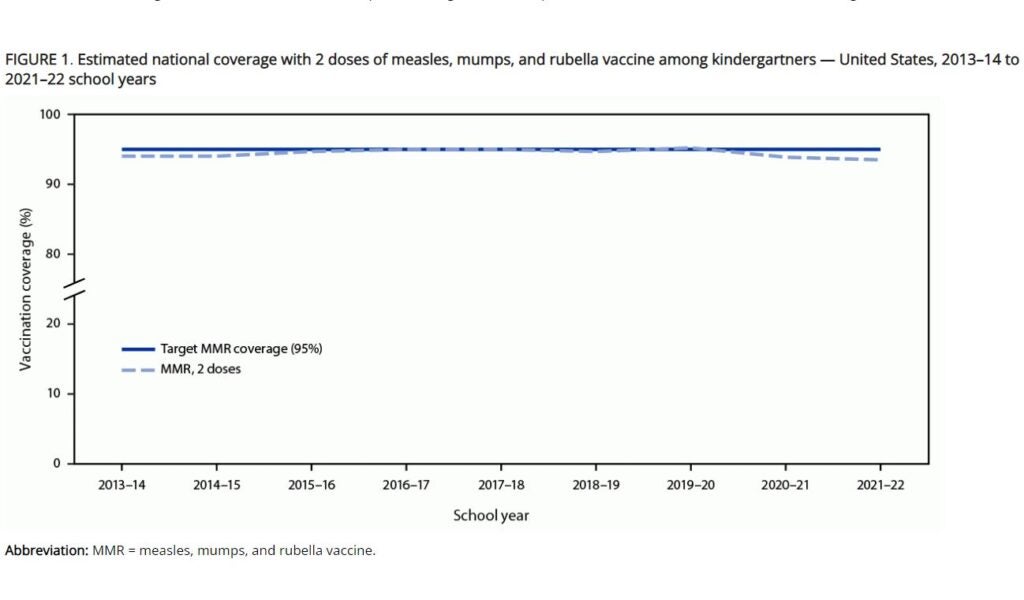Routine vaccination rates drop among U.S. children
INDIANAPOLIS (WISH) — A new report from the Centers for Disease Control and Prevention shows another drop in the number of children getting routine vaccinations. The vaccination rate of kids entering kindergarten has dropped 1% each year for the last two school years, according to the CDC.
“We just got recent data from the CDC showing that there has actually been a second year of a drop in vaccination rates for kindergartners. All kindergarteners are required to have a certain set of vaccines to start school and the vast majority of them have those vaccines. So, two years ago, the data showed 95% of kindergarteners were fully vaccinated. The most recent data shows 93%, so that is a drop,” Dr. Evan Kreutzer, a pediatrician at Ascension St. Vincent in Fishers, tells News 8.
Kreutzer says a 1% dip means around 250,000 kids are not getting the vaccinations they need.
These routine vaccinations are the recommended immunizations that prevent diseases such as polio, measles, and whooping cough.
The state of Indiana requires students to receive certain vaccines in order to attend school. For children entering kindergarten, these vaccines are for chickenpox, DTaP (diphtheria, tetanus, and pertussis), hepatitis A, hepatitis B, MMR (measles, mumps, and rubella), and polio vaccines.

The latest CDC report shows a 93% vaccination rate for the 2021-2022 school year across the country. The vaccination rate was 94% in the 2020-2021 school year and at 95% before the pandemic started.
A new graph from the CDC shows the rate of MMR vaccination among kindergartners for the past ten years. It is at the lowest percentage in a decade. According to the CDC, less than 3% of kindergarteners had an official exemption from the required vaccinations, most of which were for non-medical reasons.

While a majority of kids are vaccinated, Kreutzer says this trend is concerning.
“Of course, we want to protect those 250,000 students and children, but it also potentially poses a risk to the community. There might be vulnerable children in their classroom, children who are immune compromised and can’t fight off infections, or children who are receiving treatment for autoimmune diseases or cancer and perhaps can’t be vaccinated. So, when these unvaccinated children come to the classroom they can bring disease and illness that would affect others,” Kreutzer said.
Kreutzer says the trend is a risk to herd immunity.
When it comes to why there is a decrease, doctors say there are a few factors. Pediatricians report that a lot of children have missed their wellness checkups since the pandemic started. Children typically receive their immunizations at these routine visits to the doctor.
“We also know school nurses have a lot more on their plates. They are now taking care of concerns around COVID-19 and testing children. And they’re seeing a lot more illness in school, so they may not have time to check on student vaccination records or give reminders, which are a huge help in getting these kids caught up,” Kreutzer said.
School requirements do not include the COVID-19 vaccine.
Kids start getting routine immunizations at 2 months old. Children can receive these vaccinations for free through the Indiana Department of Health.
“First and foremost, we want them protected. We know vaccines are safe. We know they are effective. I never recommend anything for my patients that I don’t do for my own children. My children are fully vaccinated and I want all children to be fully vaccinated so they are protected,” Kreutzer said.


